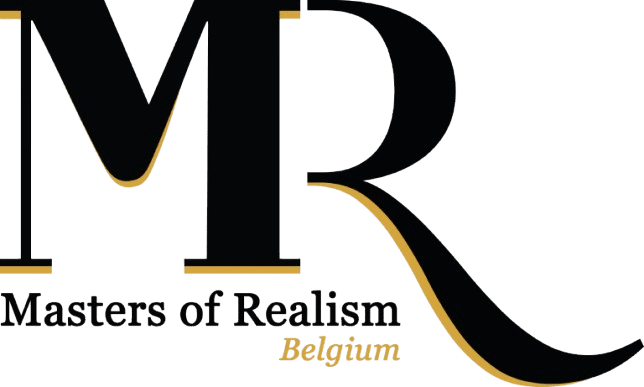Terminology
Explained some terms used in fine art in relation to realistic painting. A work is attached to each commentary as an example of the stated designation.
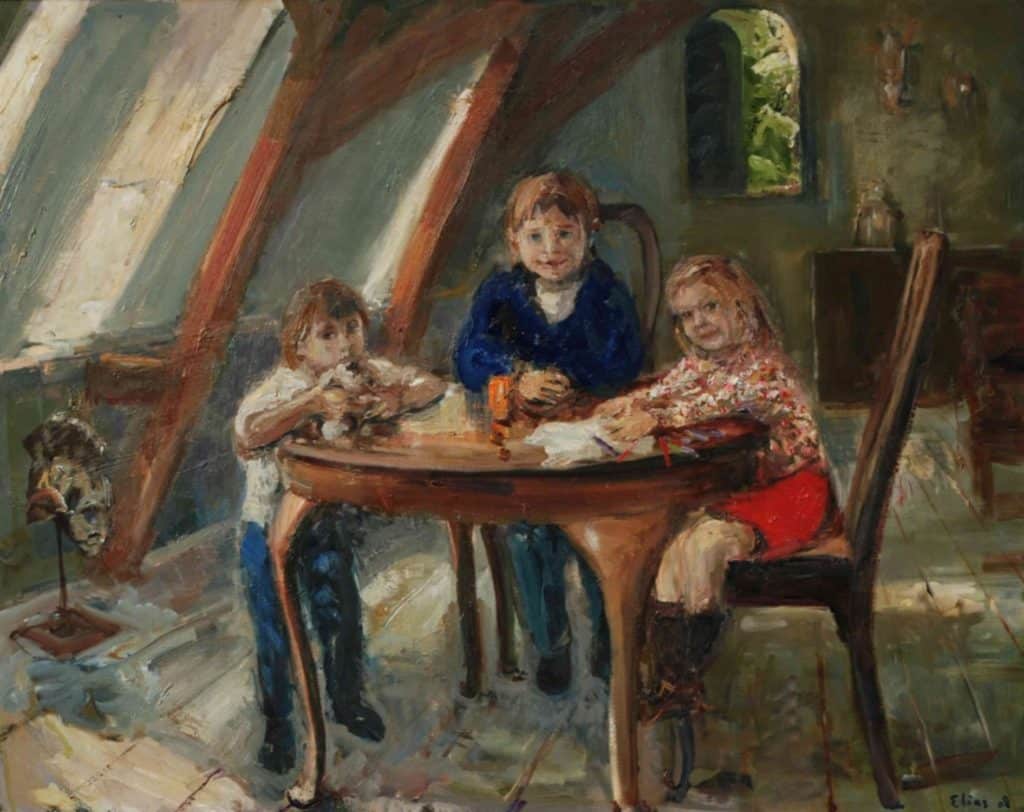
painting by Douwe Elias
Realistic painting
Although different definitions are used, we can consider realistic painting as expressions of painting in which in the creation reality is immediately visible to all. With this, realistic painting is an art form or way of depicting that is a faithful representation / reflection of reality, often with an eye for detail, without idealization or embellishment.
This is in contrast to abstract art, in which the subject is not recognizable as something existing.
Magical realism
The term magical realism, also called fantastic realism, is a direction in art in which a reality is connected to another or higher reality, creating hallucinatory images or dream effects. This makes magical realism akin to surrealism, which also seeks alienating effects by placing more or less realistic representations in unusual contexts and environments.
painting by Tomek Setowski 1961
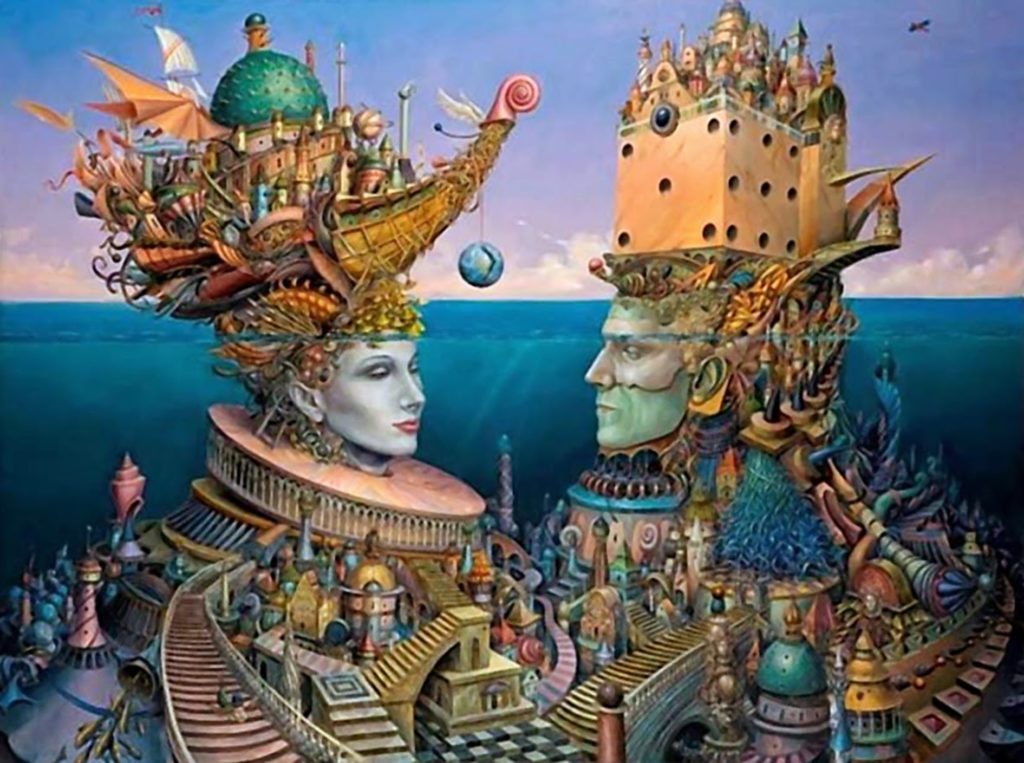
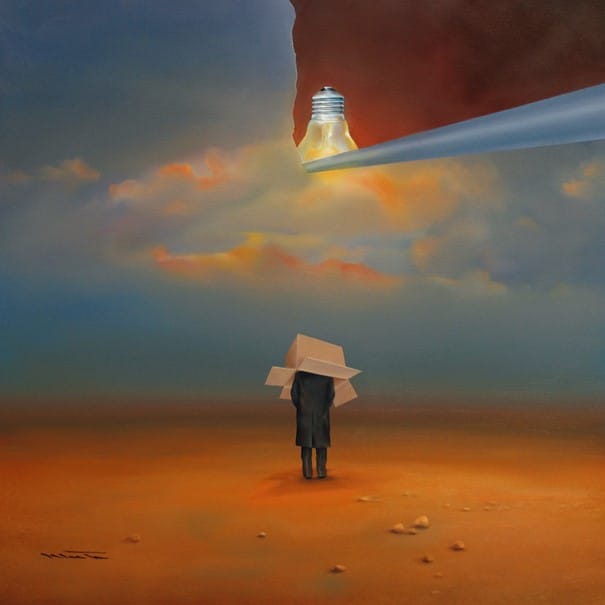
Surrealism
Surrealism is an art movement in which the separation between the unconscious inner and outer worlds is removed. Surrealist artists attach great importance to associations, hallucinations and dreams in which they believe the subconscious emerges. Surrealist paintings are painted in a precise technique, depicting objects not normally combined and other alienating scenes.
painting by Rene Schute
Photorealism
Photorealism, also known as hyperrealism or superrealism, developed in the late 1960s and 1970s as a reaction to abstract expressionism, which had dominated art since the 1940s. Photorealism strives to reproduce reality accurately, sometimes making the style seem more real than reality, leaving out no detail.
painting by Tjalf Sparnaay
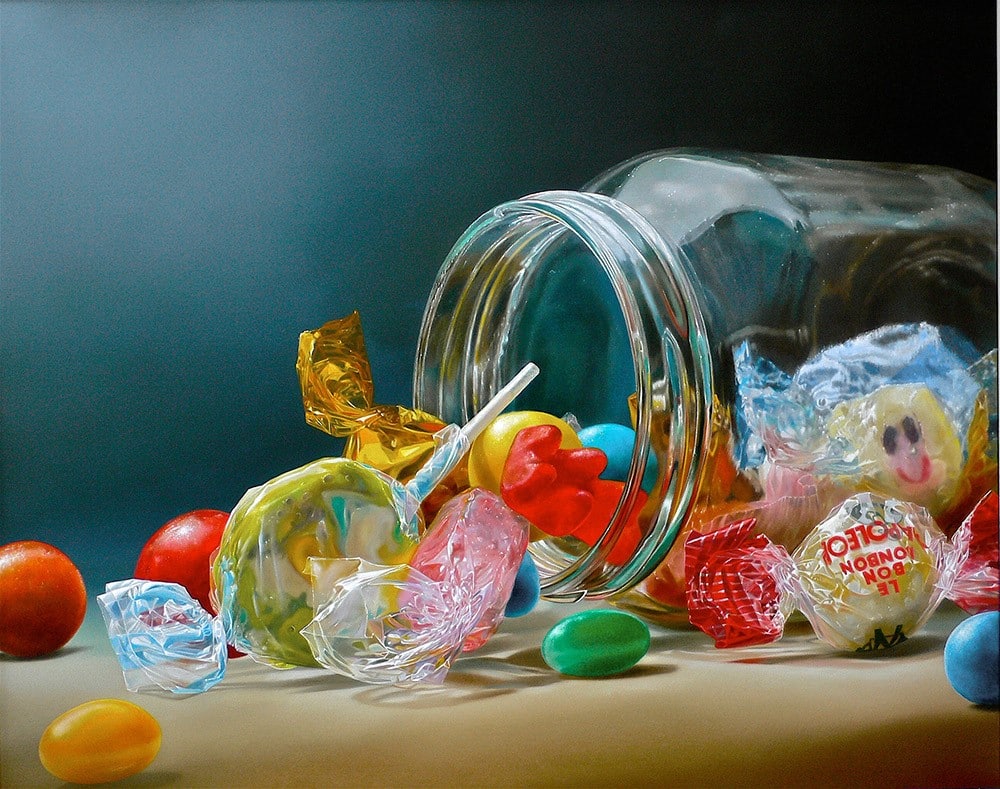
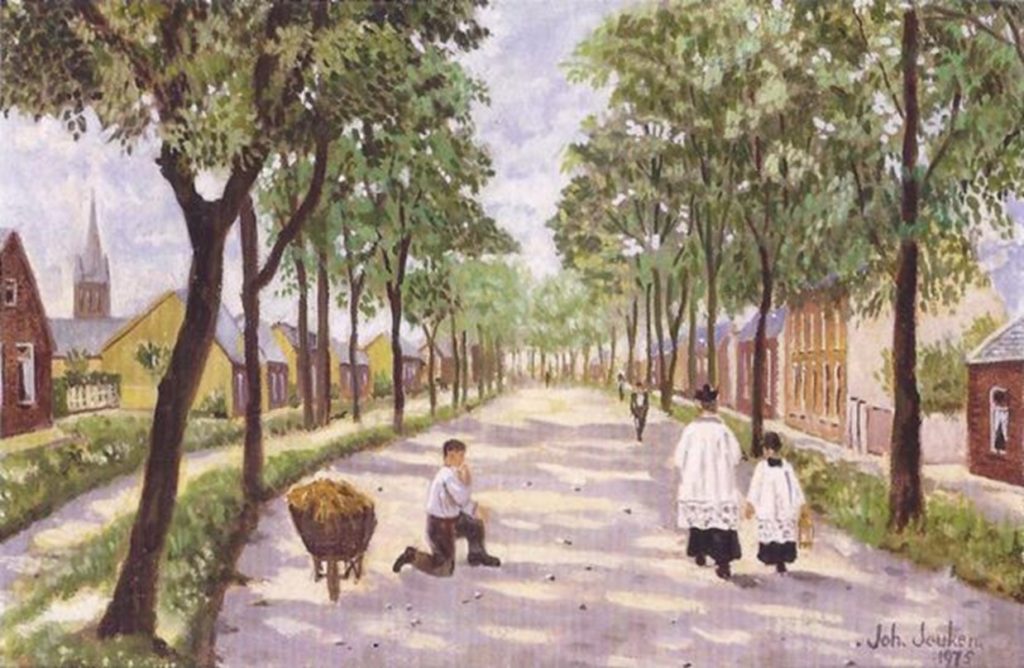
Naive realism
Naive realism is realistic art created by unskilled creators, also called “Sunday painters” or “outsiders. Initially, this art was looked down upon. But naive realism managed to climb to the artistic top and gain appreciation in both Europe and the United States in the 1920s-1945s. Visual art, created in a childlike way by the “ordinary” man and woman also received recognition from museums and art collectors at that time. A characteristic feature of naïve art is its idiosyncratic, often richly detailed, colorful and heartfelt depiction of reality.
painting by Johan Jeuken
Still Life
A still life is a composition of motionless or lifeless objects in which, in addition to composition, lighting plays an important role.
painting by Amarins Lyklema
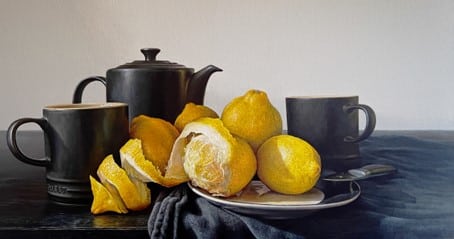
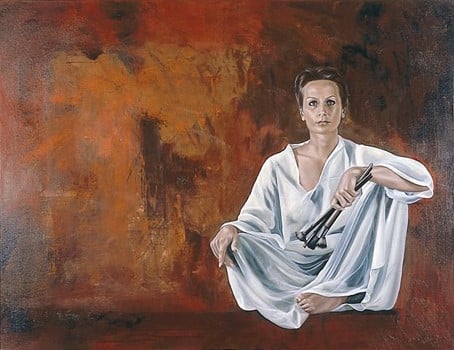
Portrait
In general, a portrait is considered a representation of a person or persons. But it can also be the representation of an animal. Sometimes one sees a portrait as equivalent to the rendering of a face. A special form of a portrait is the portrait historié. Those portrayed are then depicted as mythological, Biblical, legendary or literary figures.
painting by Ans Markus
Terms such as Lyrical Realism and Poetic Realism are also sometimes used. These forms of realism have several similarities to magical realism, surrealism and naive painting.
